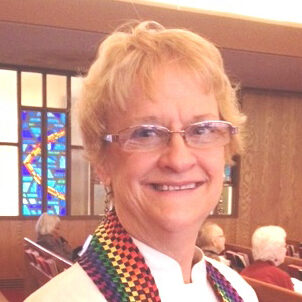Faith-Based Budgeting, Part 2
 “Faith-based budgeting” does not mean simply guessing at a projected income for our congregation next year, and then hoping to reach it! It involves two dimensions:
“Faith-based budgeting” does not mean simply guessing at a projected income for our congregation next year, and then hoping to reach it! It involves two dimensions:
- Spending the church’s money according to priorities that model First Fruits Living and using the rest of the income in a specific order (see Faith-Based Budgeting, Part 1), and
- Making clear-eyed decisions that connect and communicate our faith with solid financial practices.
For this second dimension I want to share of some ideas from Financial Peace University founder Dave Ramsey.
Ramsey says there are five essential things in a healthy church budget:
- The budget’s priorities reflect the church’s mission statement;
- It is based on projected income, not just what we’ve received in the past;
- It includes a spending plan;
- Our leadership agrees on the plan; and
- We communicate the plan clearly to all involved.
It’s also essential to put a review process in place, to be able to adjust as we go along.
So what if our congregation is not in a healthy financial place yet? Ramsey recommends striving to achieve these six goals:
- Save three to six months of operating expenses, set aside for emergencies.
- Pay off all church debt, except the building mortgage.
- Pay market rates for our staff.
- Establish a separate fund for big-ticket building-and-grounds maintenance expenses.
- Pay off the mortgage and lavishly fund our mission.
- Set aside a percentage of savings specifically for future needs.
This process can help our church household become more effective in our ministry, built on a strong faith foundation.
Your partner in ministry,
Betsy Schwarzentraub
See also: Local Church Committee Planning Sheet


